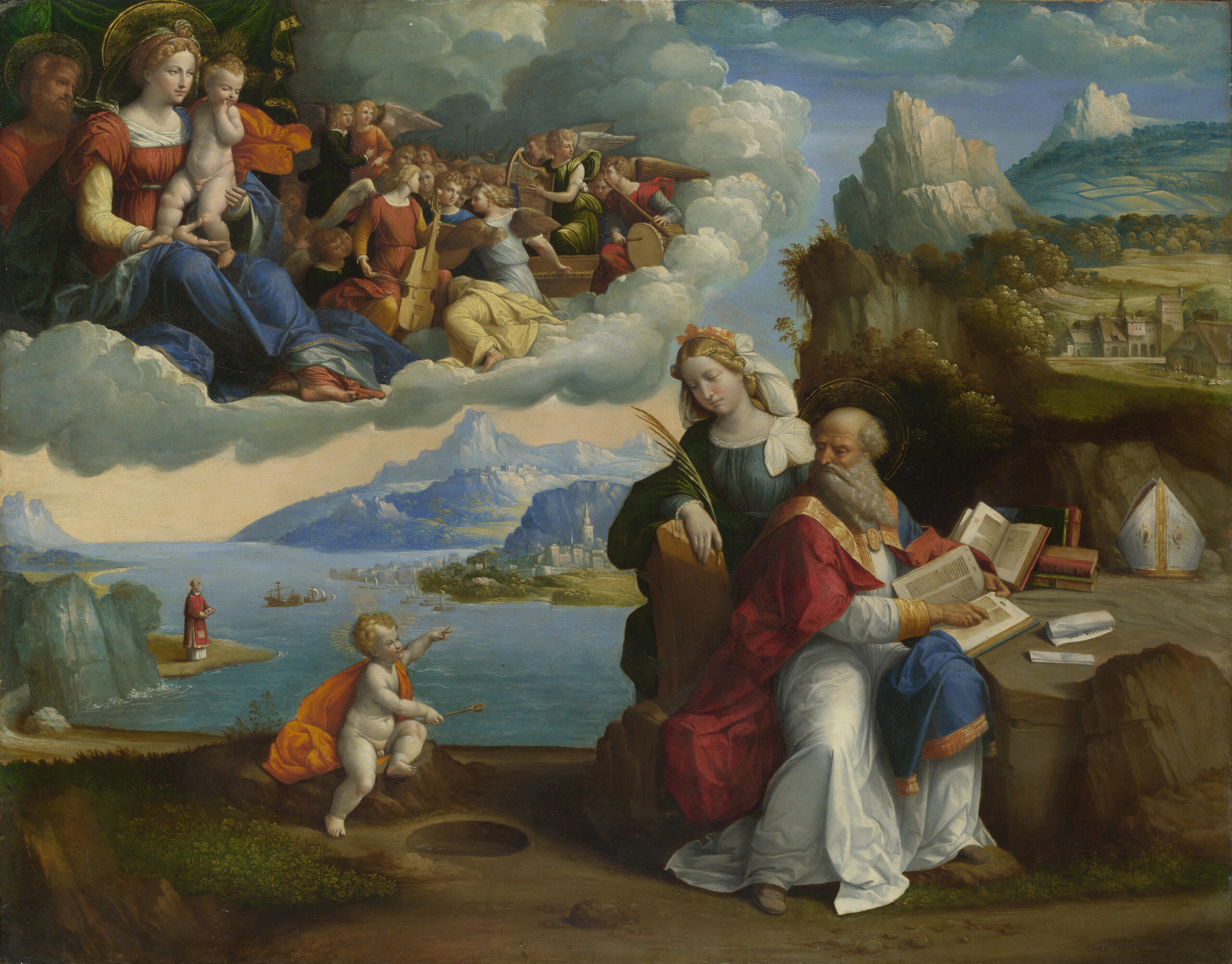Ideas of courtly love emphasized feminine nobility, while the cult of the Virgin Mary emphasized the role of the mother or glorified virginity. But the role of women was changing. The peasant’s wife worked as a partner to her husband in the fields, while the lady of the castle did not. The wife of the peasant was recognized as rendering service, and daughters could inherit land.
In the early Middle Ages women of childbearing age were in short supply, and this enhanced their value in marriage, so that they could demand a larger dowry from prospective husbands. Noble families, wealthy town dwellers, and the more prosperous peasants had more children than the poor did. As infant mortality was high, large families were essential.
If the chivalric ideal enhanced the position of women, changes in the church offset any advances. Gregorian reforms in the late eleventh century, with their emphasis on clerical celibacy—long an official though unenforced church policy—meant that members of the clergy no longer took wives. Women lost their status in parish activities. As bishops became more powerful, no female position of similar authority developed.
Earlier, when monasteries were so central to the church, women had been prioresses and abbesses of important nunneries; now church leadership became increasingly male. To escape from this dominance, convents were established throughout the thirteenth century, but thew were made subordinate to the male religious orders. Some women fled to heretical groups, notably the Waldensians, in order to preach and administer the sacraments. This trend toward male dominance in the clergy would continue until the nineteenth century and be reversed only in the twentieth.
Perhaps the best-known figure associated with this trend is Hildegard of Bingen (1098-1179). Born near Mainz, she experienced a mystical vision before she was five years old, and her parents placed her in a nunnery when she was eight. She became head of her convent and a mystic of extraordinary visions which, when she recorded them, so impressed Pope Eugenius I (1145-1153) that she was encouraged to preach, found new convents, and perform exorcisms.
She composed a cycle of seventy-seven sacred songs in plainchant, wrote at length on medicine and natural history, and attained the informal status of a saint. She also acknowledged human sexuality to a degree unusual for her time, refuted the popular idea that women felt lust more than men did, and admitted women to church services while they were menstruating, which most male religious leaders did not.
By the fourteenth century the male-female balance in population had been reversed. There were more women than men in Italy by the thirteenth century. Women of that period also controlled more wealth, and they therefore needed to know how to read and to calculate, so their education was extended beyond handicrafts, especially among the rich merchant class. Upper-class women were usually willing to play the roles assigned to them, however, since this would assure both salvation and inheritance.
Since Christianity associated nakedness with shame and sexual licentiousness, society developed strong dress signals to distinguish between the sexes at a glance. In the thirteenth century this need to obscure the body was combined with an aesthetic impulse to initiate through tailoring a concept of “fashion,” which in turn became related to luxury. Though the role of women was ambivalent and changing, two developments brought the idea of womanhood into prominence.
First was the rise of Mariolatry (the veneration of the Virgin Mary), which began in the ninth century and reached extraordinary heights by the twelfth century, when the Virgin was more likely to be the subject of an artist than was Jesus or the Apostles. Second was the celebration of courtly love and its accompanying forms of “manly combat” by the troubadours in France and Germany.
Precisely when this emancipation of women actually began is much debated by scholars. There is no doubt about the improved status of women by the fourteenth century. Because women participated in many significant ways in the spiritual movements of the twelfth century, their role was important within the medieval Christian tradition.
However, it is also clear that in certain places women of the aristocracy were vigorously conducting affairs of state and church as early as the tenth century. Thus these four hundred years represent an inconsistent pattern of development, though by the end of the period women could aspire to substantial achievements within the models society had set for them.

